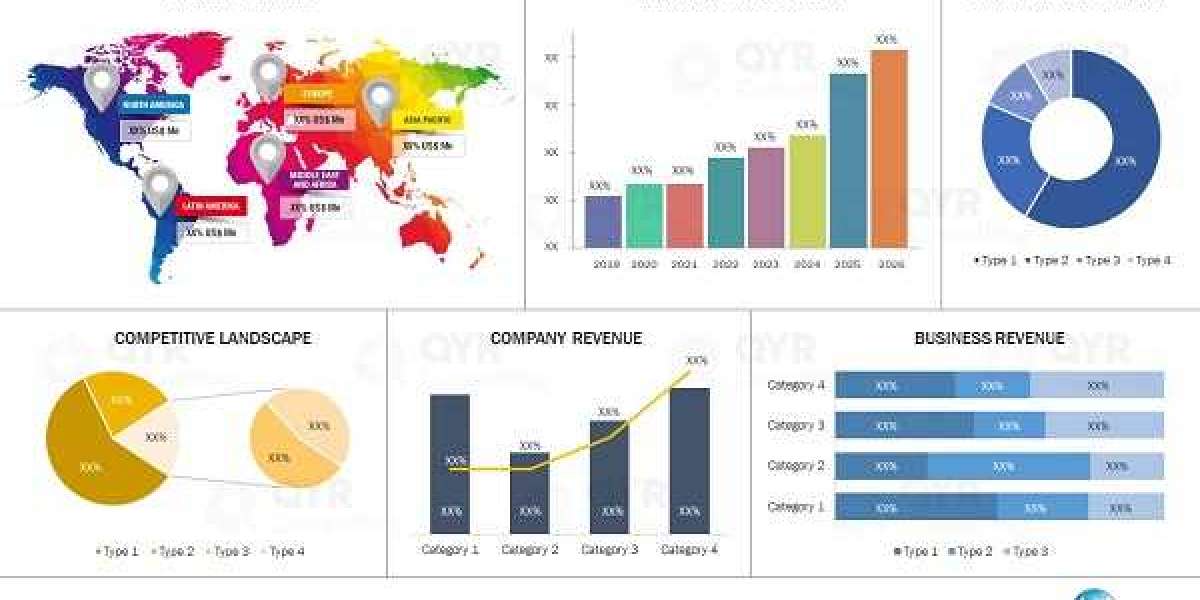If you’ve ever dreamt of living like a celebrity—even for just one night—VIP Bottle Service in Puerto Banus is your golden ticket. But not just any bottle service. We’re talking about Level One Club—the epicenter of exclusivity, luxury, and high-octane nightlife on the Costa del Sol.
Puerto Banus isn’t just a location; it’s a lifestyle. The marina glistens with superyachts, the streets are lined with Lamborghinis, and the clubs? They pulse with energy from dusk until dawn. But if you’re not experiencing this iconic destination through the lens of VIP Bottle Service in Puerto Banus at Level One Club, you’re only scratching the surface.
Level One Club: The Pulse of Puerto Banus Nightlife
Tucked in the heart of this electrifying coastal paradise, Level One Club isn’t just another nightspot. It’s the destination where the elite come to play. Celebrities, pro athletes, business moguls—they all know the secret: VIP Bottle Service in Puerto Banus at Level One delivers an unmatched nightlife experience. Why? Because we don’t just offer service—we deliver status.
What Makes VIP Bottle Service in Puerto Banus at Level One So Special?
- Instant Celebrity Status
When you book VIP Bottle Service in Puerto Banus at Level One, you don’t walk in—you arrive. Exclusive entry, zero waiting, and eyes turning as the velvet rope opens just for you. From the moment you step through the doors, you’re not a guest. You’re the main event. - Prime Tables. Prime Views. Prime Vibes.
Our VIP tables aren’t tucked away in some corner. They’re front and center—where the energy is palpable, the beats hit hardest, and every snapshot becomes social media gold. Want the best seat in the house? It’s yours. - Premium Bottles, Personalized Service
Grey Goose, Dom Pérignon, Hennessy Paradis—our selection of premium spirits is curated to impress. But it’s not just about the bottle; it’s about how you receive it. Sparkler service? Check. Personalized mixers? Absolutely. A dedicated server catering to your every whim? Of course. - The Crowd You Want to Be Seen With
Level One isn’t where the night begins—it’s where legends are made. Rubbing shoulders with international jet-setters, world-renowned DJs, and trendsetters from around the globe? It’s not unusual here—it’s expected.
Exclusivity Has a Deadline
Here’s the truth: VIP Bottle Service in Puerto Banus is not a luxury everyone can access on a whim. Especially not at Level One Club. Our VIP tables are limited, high in demand, and often booked weeks in advance. The closer you get to summer, the faster they vanish.
We’re not trying to scare you—we’re just being real. You will regret waiting. You will miss out if you don’t act now. This isn’t a service you reserve when you land. It’s one you lock down before you book your flight.
Don’t Just Party. Make a Statement.
Anyone can buy a drink. But not everyone can turn a night out into an unforgettable event. Level One’s VIP Bottle Service in Puerto Banus isn’t about alcohol—it’s about access. It’s about stepping into a world of opulence where everything is tailored to you. Where your name is known, your preferences remembered, and your presence celebrated.
Whether you’re celebrating a milestone, throwing an unforgettable bachelor party, or simply craving the taste of unfiltered luxury, there is no better way to do it than from the elevated perch of a VIP booth at Level One.
Book Now or Miss Out—There’s No Middle Ground
Let’s keep it simple. If you want a VIP night in Puerto Banus, Level One is non-negotiable. And if you want a spot in our VIP section, you need to act now.
We’re not here to convince you that you want luxury. You already know you do. We’re here to show you where that luxury lives.
Level One Club. Puerto Banus. Your table is waiting.
For More Details You Can Visit Us:











